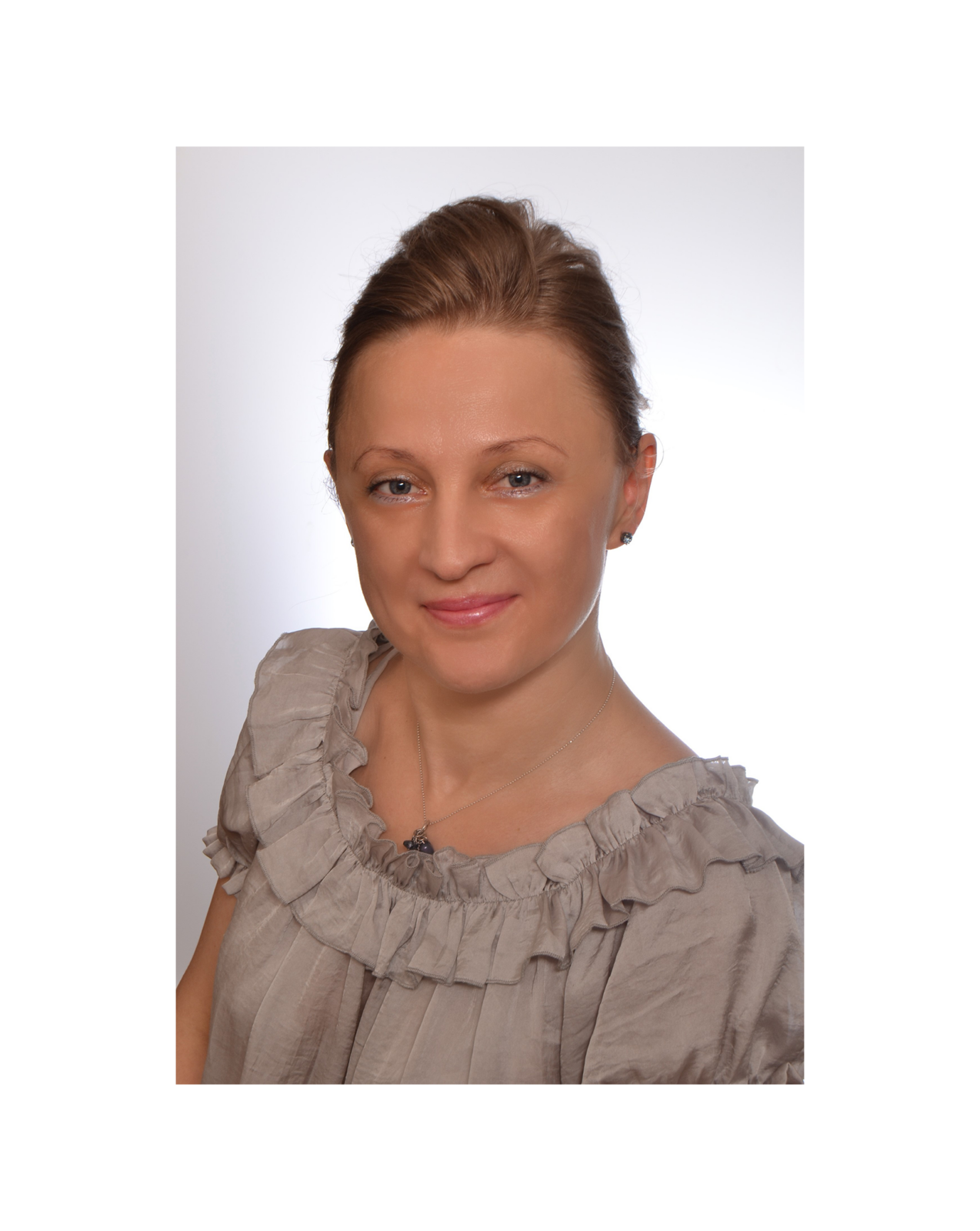
Blue stragglers – stars other than the usual ones
Researchers from UWr, together with scientists from Spain and the USA, will explain the origin and history of the formation of blue marauders. Our scientists have been involved in seismic modelling of stars of various types for years and are one of the leading teams in the world working on asteroseismology.
– We publish our results in renowned scientific journals and present at international conferences – emphasises prof. Jadwiga Daszyńska-Daszkiewicz of the UWr Faculty of Physics and Astronomy, who received funding – PLN 2 765 984 – in the MAESTRO 15 competition for the project ‘Asteroseismic constraints on physical properties and formation of blue stragglers’.
The aim of the project is to fill the gap in the study of blue stragglers by asteroseismic methods.
Funds from the MAESTRO competition are allocated to research projects for experienced scientists to carry out pioneering research, including interdisciplinary research that is important for the development of science, goes beyond the state of the art and may result in scientific discoveries.
Professor Jadwiga Daszyńska-Daszkiewicz’s project concerns the asteroseismic modelling of pulsating blue stragglers (BM), i.e. stars that appear much younger than the population to which they belong and in which they formed.
– It seems that these objects are ‘procrastinating’ (languishing) in evolution, hence their name – explains prof. Jadwiga Daszyńska-Daszkiewicz .
Two mechanisms for their ‘rejuvenation’ have been proposed: evolution in binary systems or stellar collisions in dense areas of star clusters.
Despite the great importance of the BM from the point of view of stellar evolution theory and cluster dynamics, seismic studies of these objects are still in their infancy and are waiting to realise their enormous potential.
This innovative project aims to fill this gap. – From seismic modelling of pulsating blue marauders, we will determine masses, ages, chemical composition and rotation – the researcher announced. – We can expect differences in both pulsation frequency values and in pulsation excitation due to changes in chemical composition due to mass transfer or collisions.
All the physical parameters obtained can help explain the origin and history of the formation of blue marauders. – Furthermore, as they are among the most massive objects in the clusters, knowing their exact masses and ages is crucial for studying cluster dynamics – adds prof. Jadwiga Daszyńska-Daszkiewicz.
The research team consists of five staff members from the Institutes and two PhD students. Several postdoctoral fellows and postdocs are planned soon. The project also plans to collaborate with scientists from Los Alamos National Laboratory (USA) and the Instituto de Astrofísica de Andalucía, (Granada, Spain).
The research will be conducted mainly at the UWr Astronomical Institute, but trips to Los Alamos are also planned.
Read also https://uwr.edu.pl/granty-dla-naszych-badaczy-konkursy-opus-i-sonata/
Complied by Katarzyna Górowicz-Maćkiewicz



